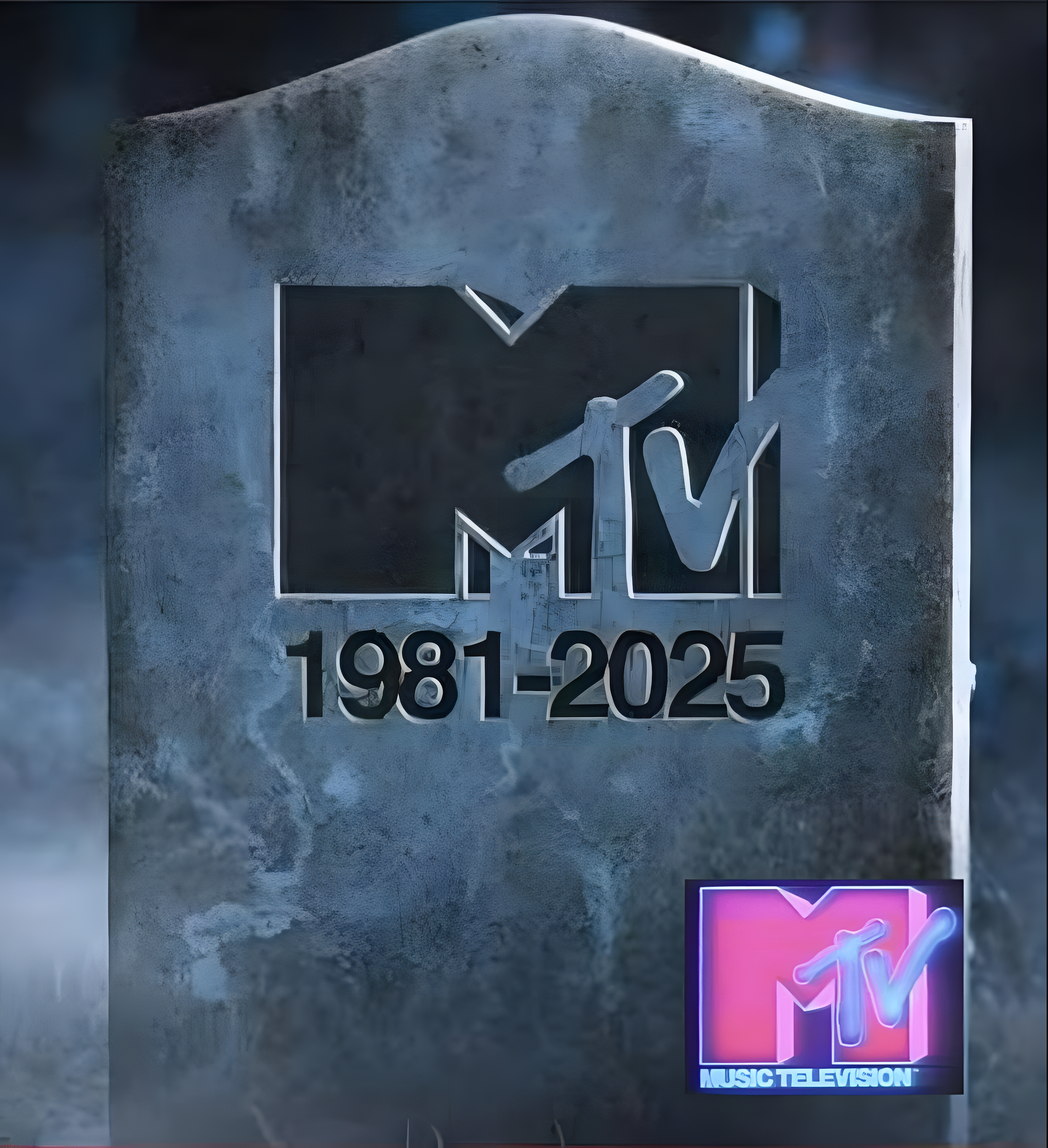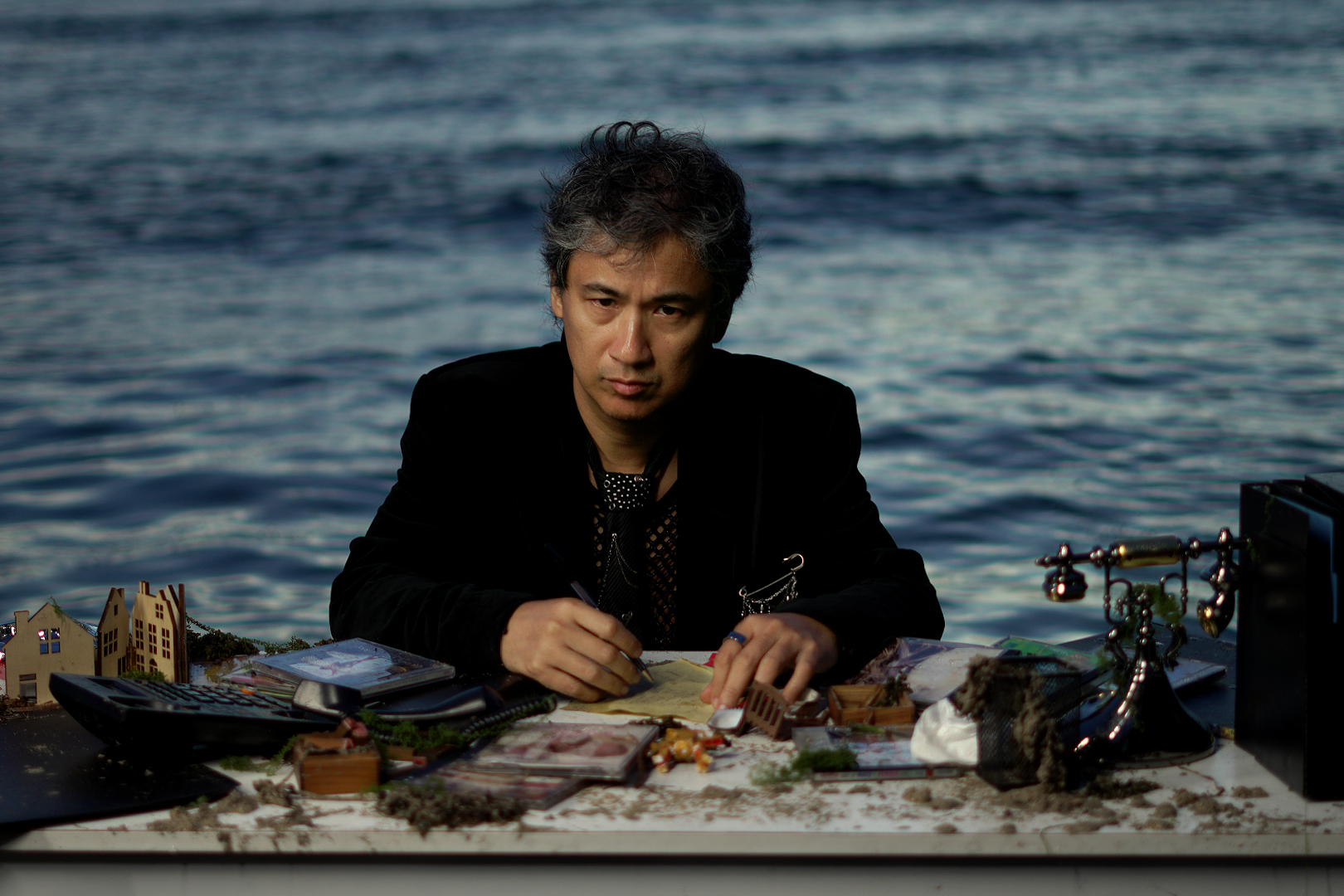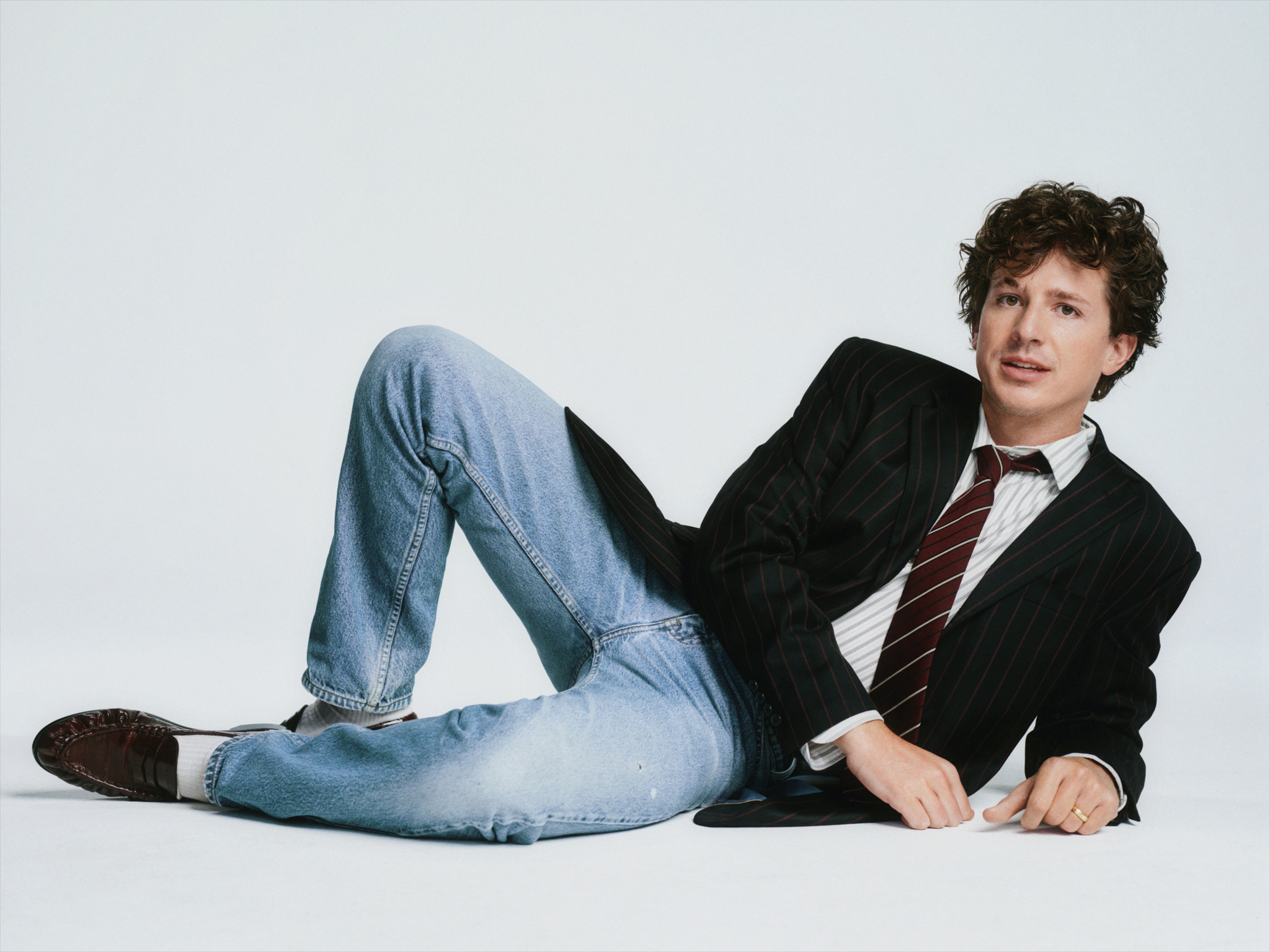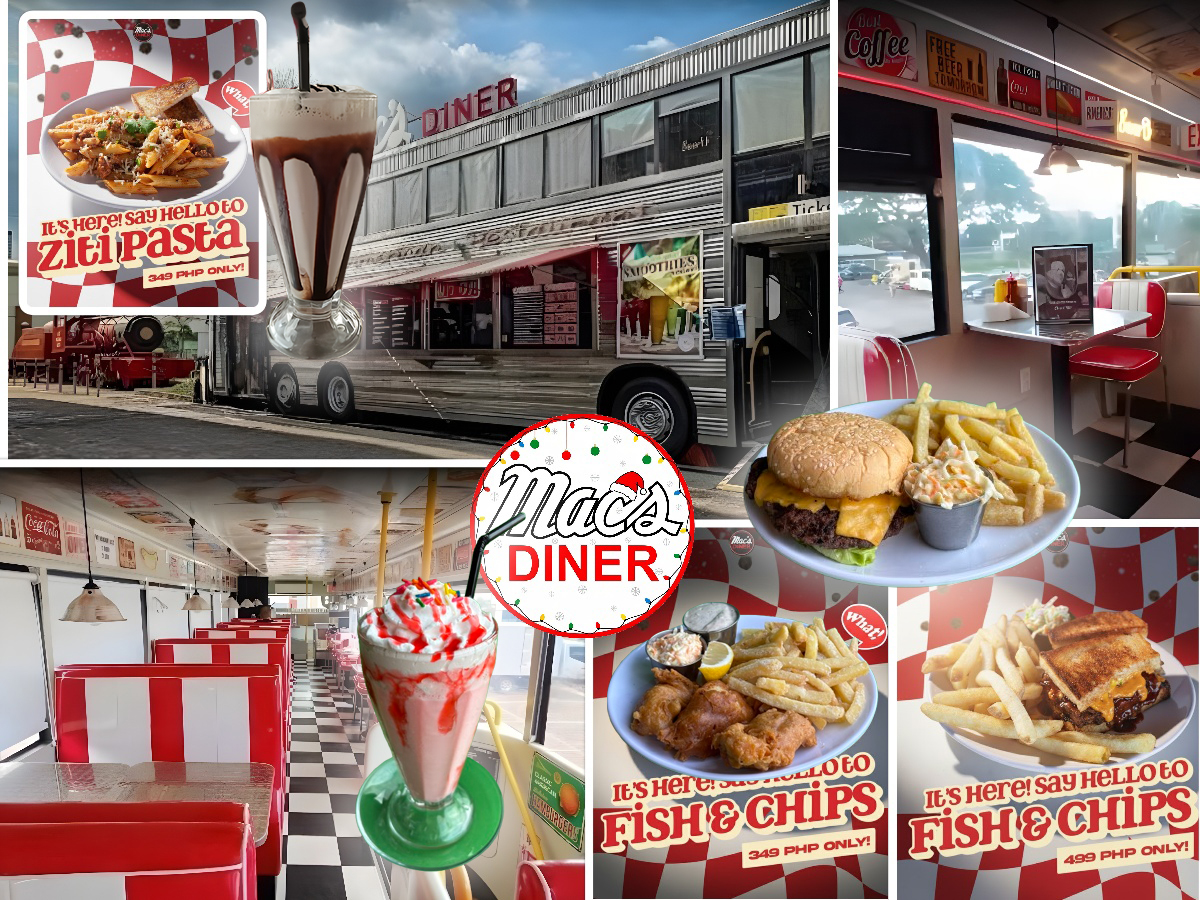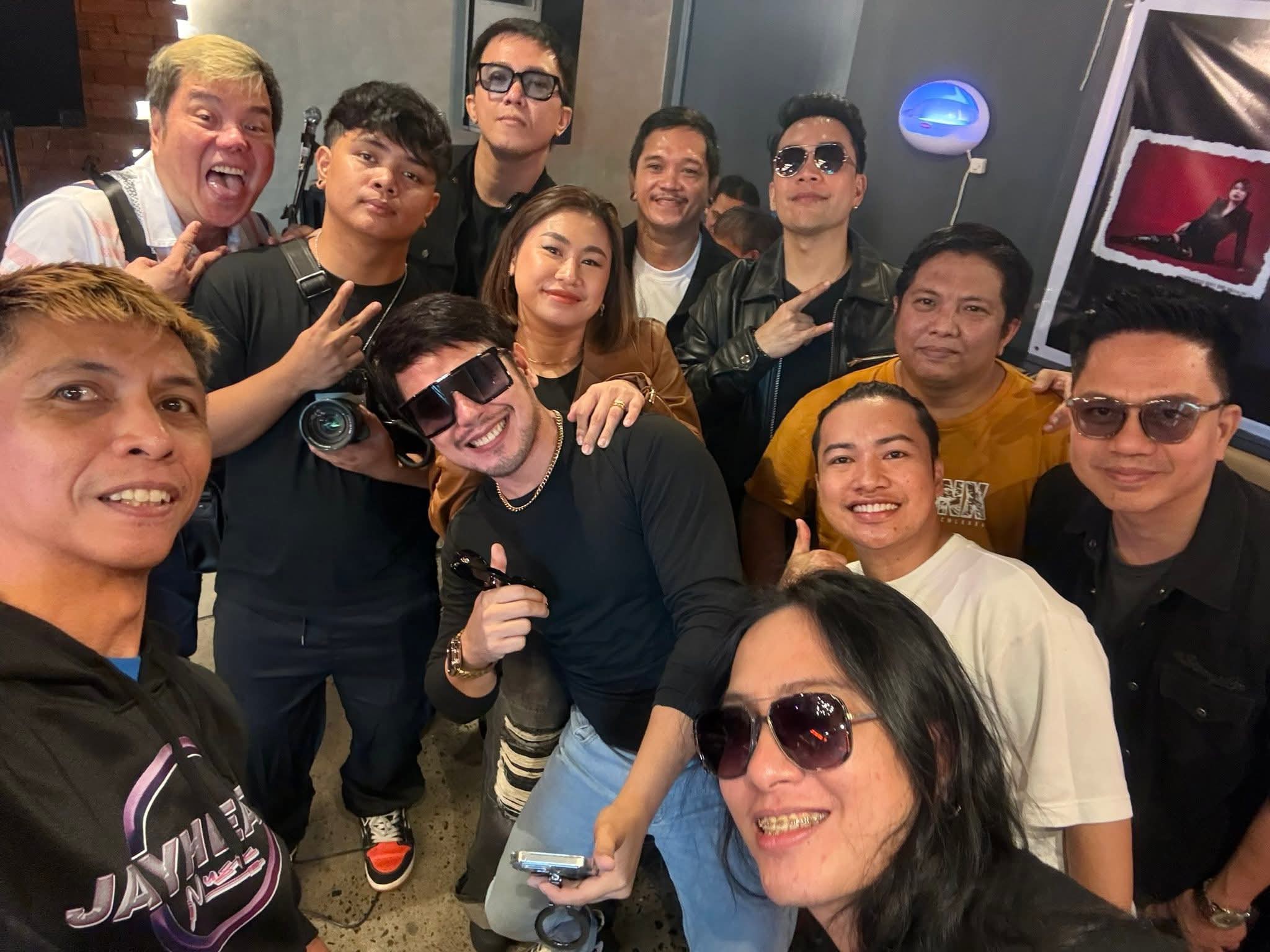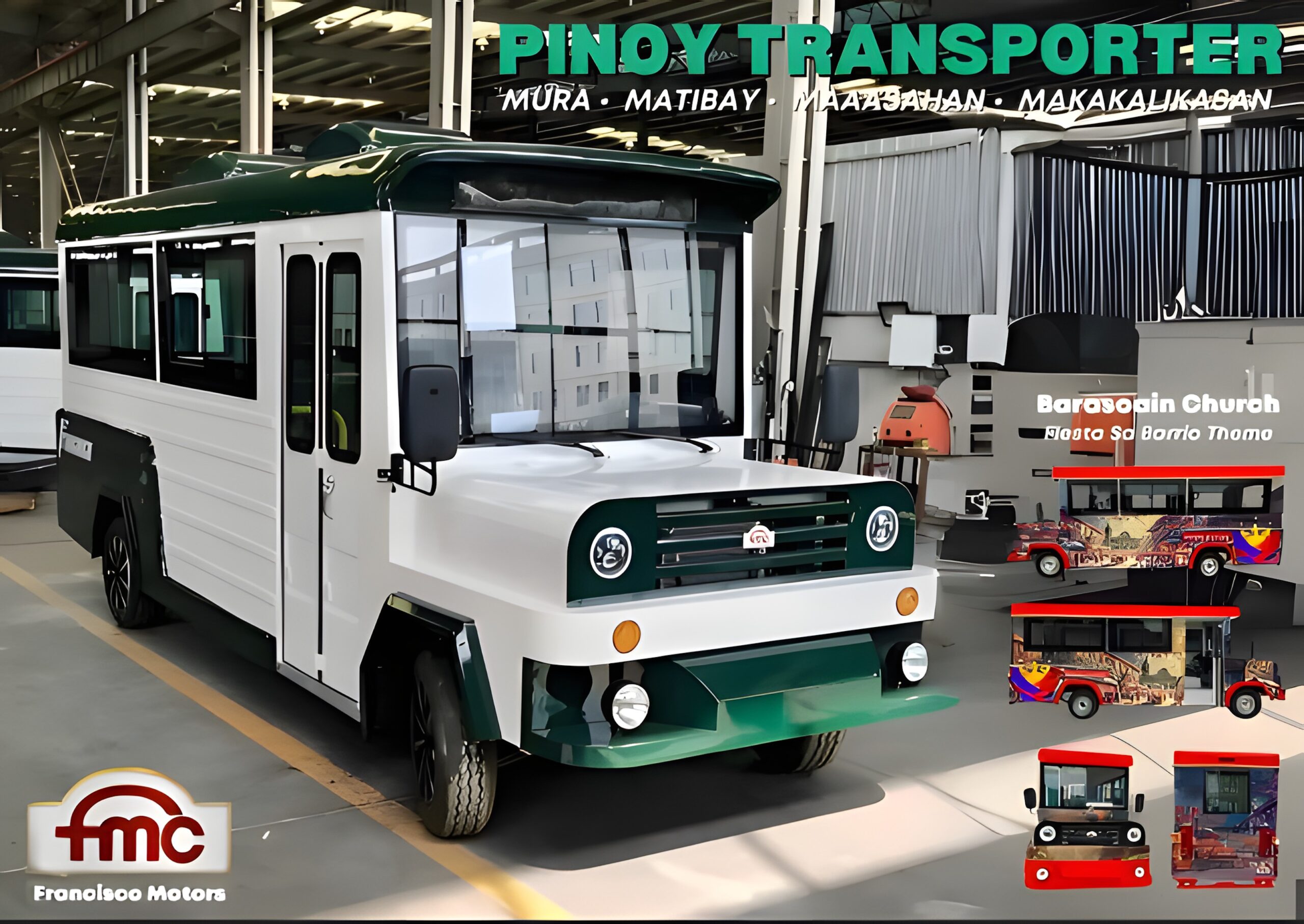Why Francisco Motors’ Modern Jeepney Can Become the New Icon of Philippine Tourism
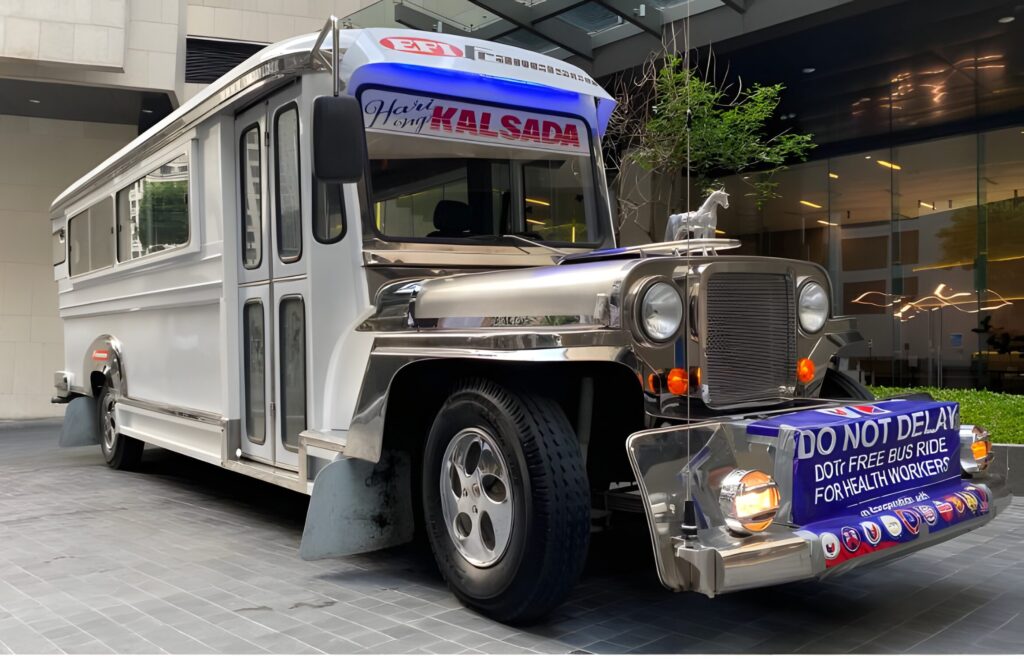 Transport has always been crucial worldwide. It delivers people, products, and services on time and where needed. People who need to get there more so. It can be used to reach work, visit, or holiday destinations. Transportation is always useful.
Transport has always been crucial worldwide. It delivers people, products, and services on time and where needed. People who need to get there more so. It can be used to reach work, visit, or holiday destinations. Transportation is always useful.
After WWII, jeepneys became the dominant means of transportation in the Philippines. It’s inexpensive and dependable, but today’s consumers want convenience over all else. Taxis were pricey and luxurious back then, and they remain so even today when FX, Grab, and other ride-hailing applications have emerged.
Nowadays, Grab is as common as cabs. Progress? Your guess is as good as mine. Nevertheless, the jeepney, which succeeded the horse-drawn calesas as the “king of the road,” is currently experiencing a renaissance.
Francisco Motors, one of the pioneers of the Philippine jeepney, is doing a revival by reintroducing a modern jeepney that has existed since 2018. FMC never released the unit, much less put it up for sale, as it was then so expensive. Now, Mr. Elmer Francisco, the CEO of Francisco Motors, is putting his creation out there years later but encountering a few roadblocks along the way.
But as they say, when adversity strikes, there’s an opportunity to be had there somewhere. Partnerships can be formed, and efforts can be mutually beneficial and symbiotic. And Francisco Motors may be a good fit for the travel and tourism industry here in the Philippines if it is just given the chance and opportunity. How? Just by elevating the tourist experience.
Iconic Filipino brand
Culturally, the jeepney and its unique aesthetic have already garnered worldwide attention. Jeepney rides have also become a quintessential tourist activity—especially in Manila—and Francisco’s modern, electric jeepneys preserve the colorful, cultural aesthetic while offering cleaner and safer rides. This idea might just catch on, as back in the US, in New York, to be exact, an idea to have jeepneys there as a mode of transport is being discussed.
Sustainable mobility for tourists
The fully electric Francisco Jeepney is priced at ₱985,000—about two to three times cheaper than imported e-jeeps, making it a practical green alternative for tour operators and city loops.
Signature routes and themed tours
Francisco Motors’ proposed “TsuperHero Program” includes unlimited-ride passes on set routes—ideal for curated city-hopping circuits tailored to tourists.
The TsuperHero Program allows operators to retain ownership of franchises and earn from ticket sales, while riders enjoy unlimited passes—supporting driver income flow and co-op viability
Supporting Tourism Hubs & Eco-policies
- National expansion potential: With a joint venture ordering 1,300 e-jeepneys and an electrification market estimated at US$10 billion (for ~200,000 units), Francisco Motors can meet growing transport demands of tourist hotspots like Palawan, Cebu, and Boracay
- Environmental benefit aligns with “clean” tourism: Transitioning to electric and hydrogen-powered vehicles (via alliances with NetZero Global/Maharlika Carbon and LuftCar) helps cut CO₂ emissions and air pollution—a big plus in nature-based destinations
Francisco Motors stands at the intersection of culture, innovation, and sustainable mobility. Its affordable, locally made electric jeepneys can enrich the tourism experience, support environmental goals, and preserve driver livelihoods. Yet, persistent regulatory gaps, bureaucratic delays, and lack of inclusion in policy‑making hinder its full potential.
For travel and tourism in the Philippines to truly embrace these innovations, government entities—including LTFRB, DOTr, DTI, and tourism agencies—must collaborate more fluently with Francisco Motors. Tour operators and local governments can then further leverage Francisco’s unique blend of tradition, affordability, and green transport to elevate visitor experience across iconic destinations.
Video: A Francisco Motors modern jeepney in action.



